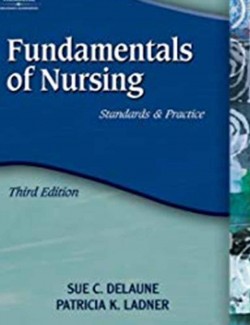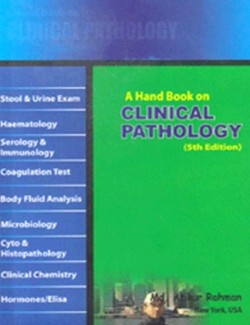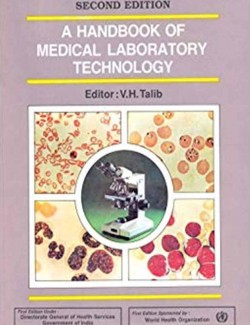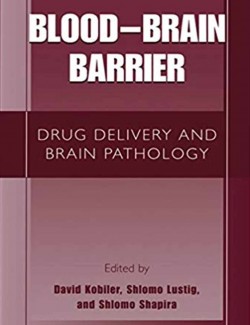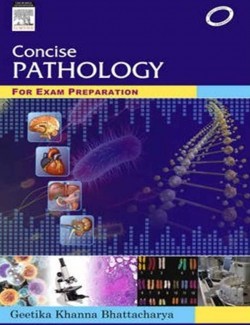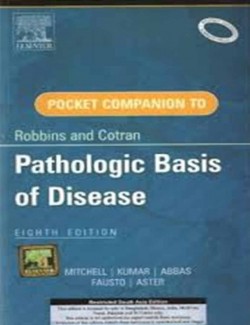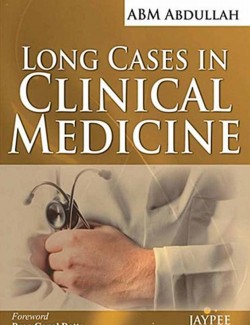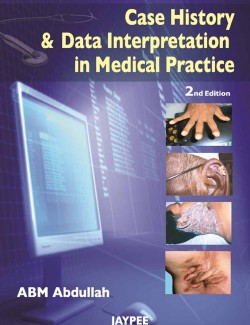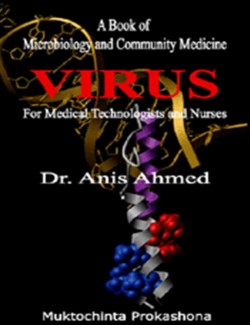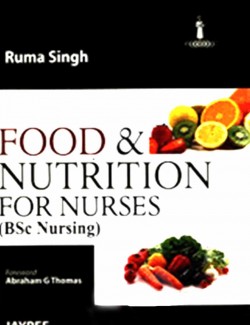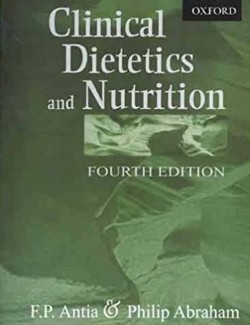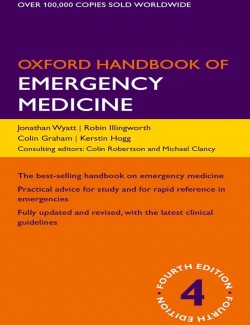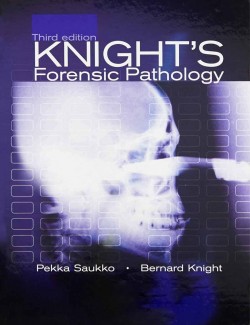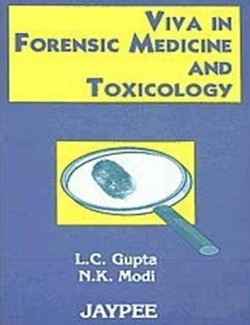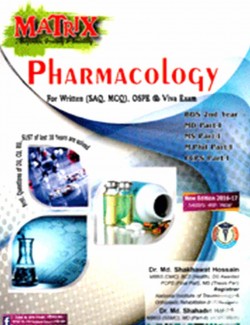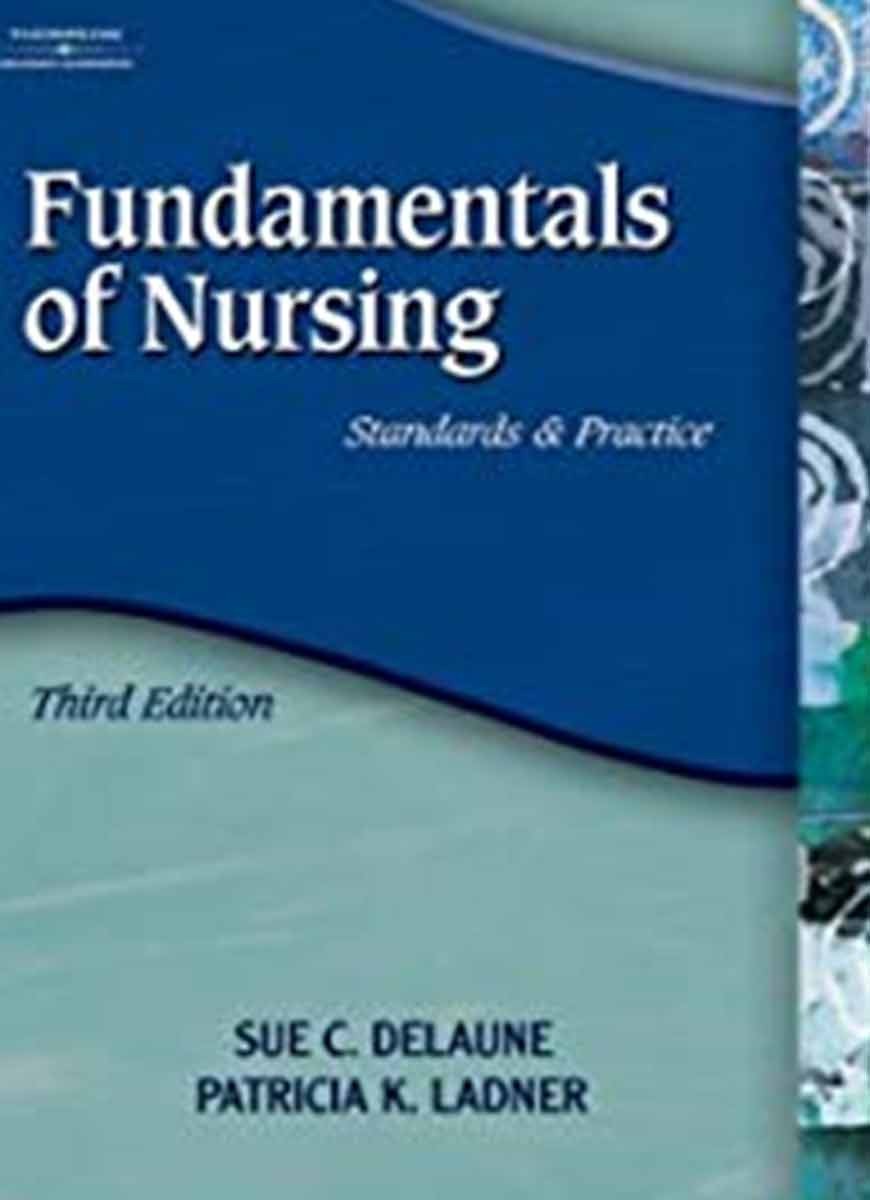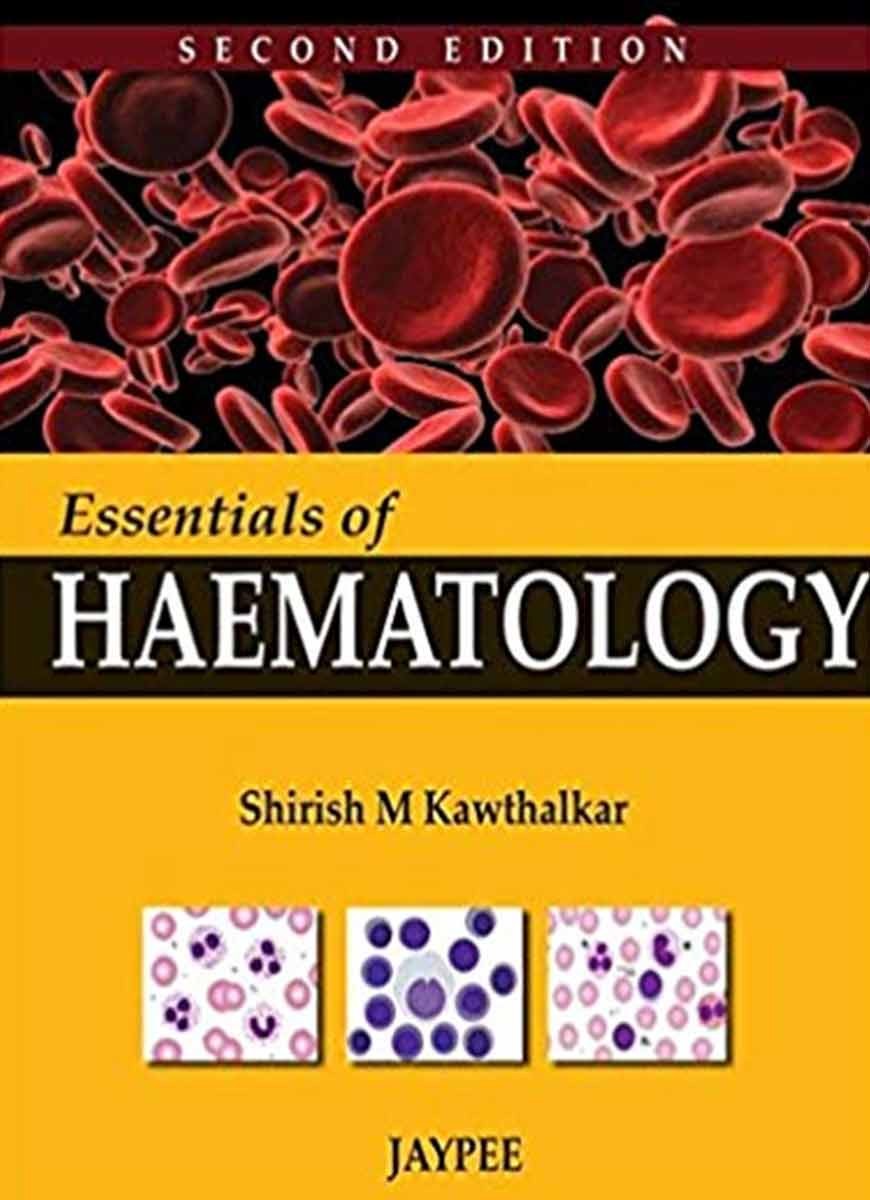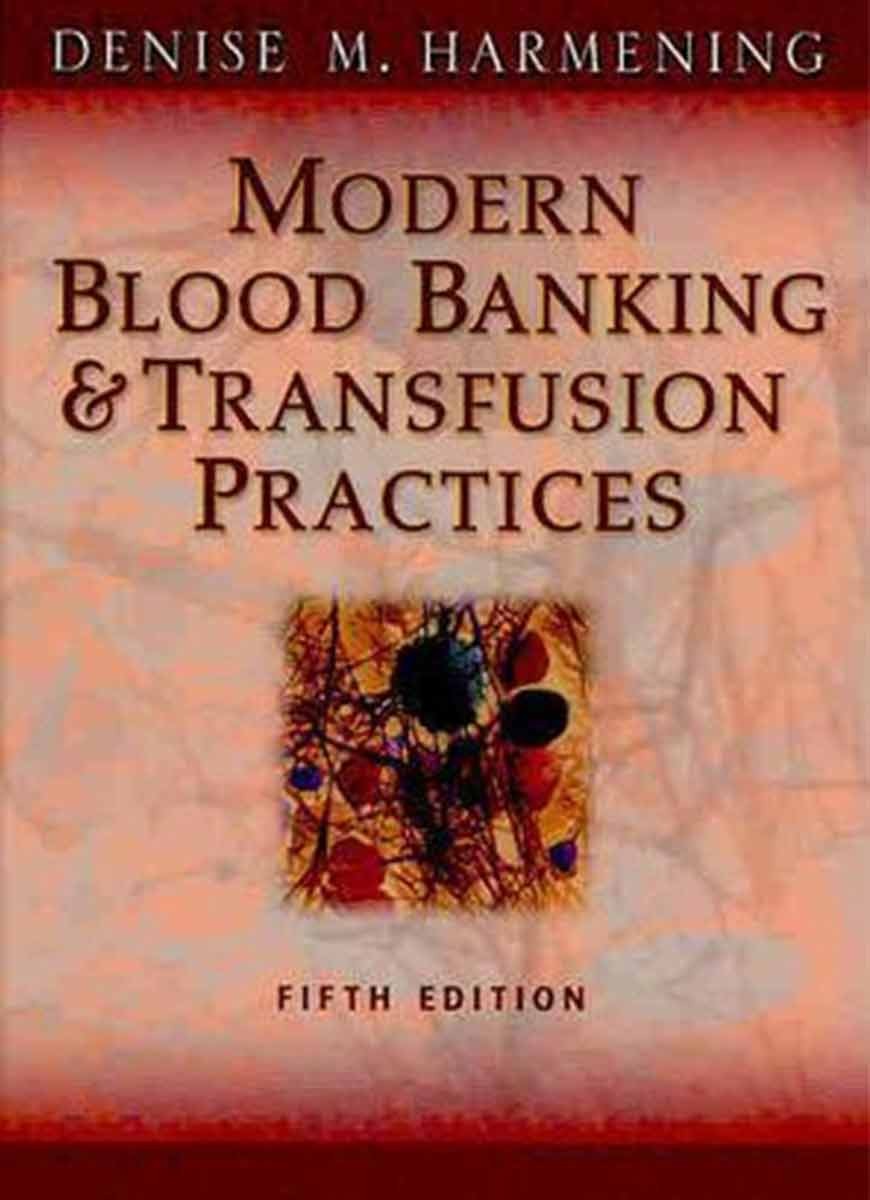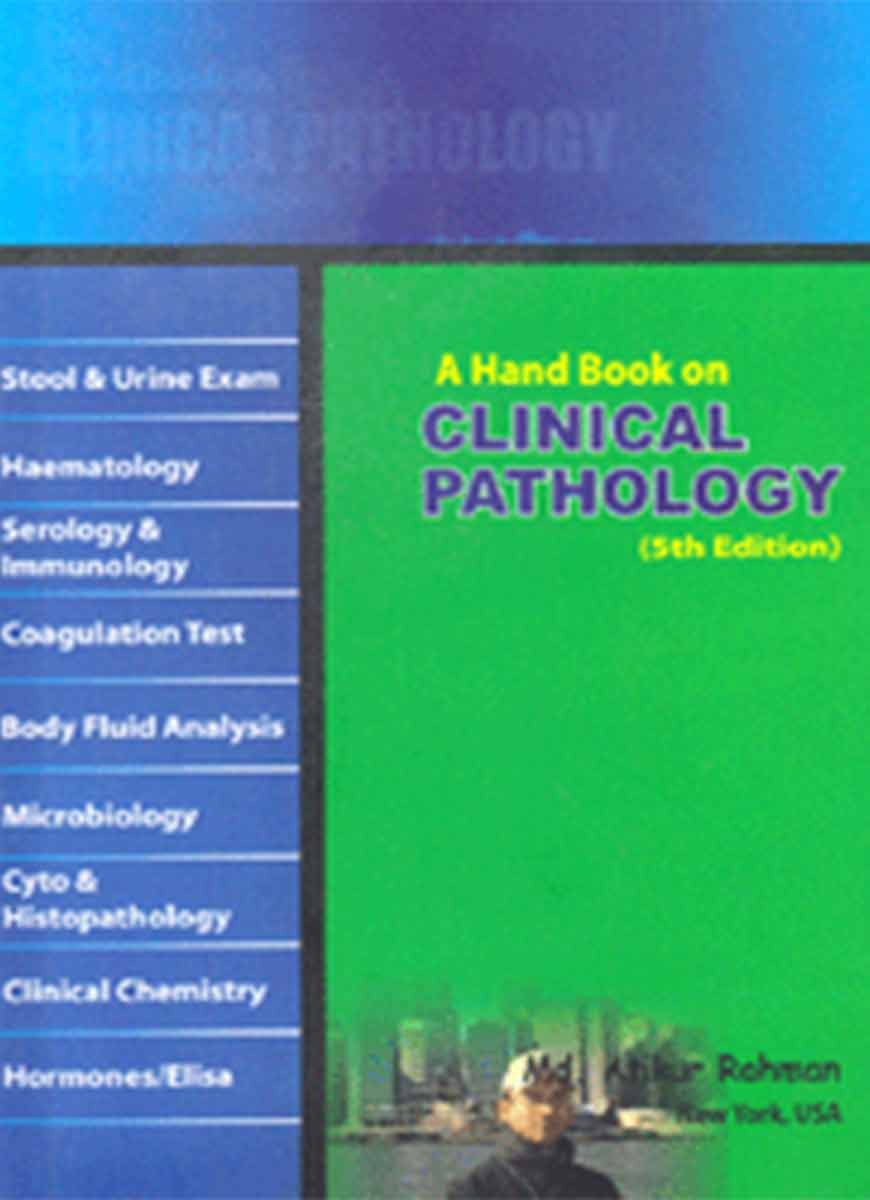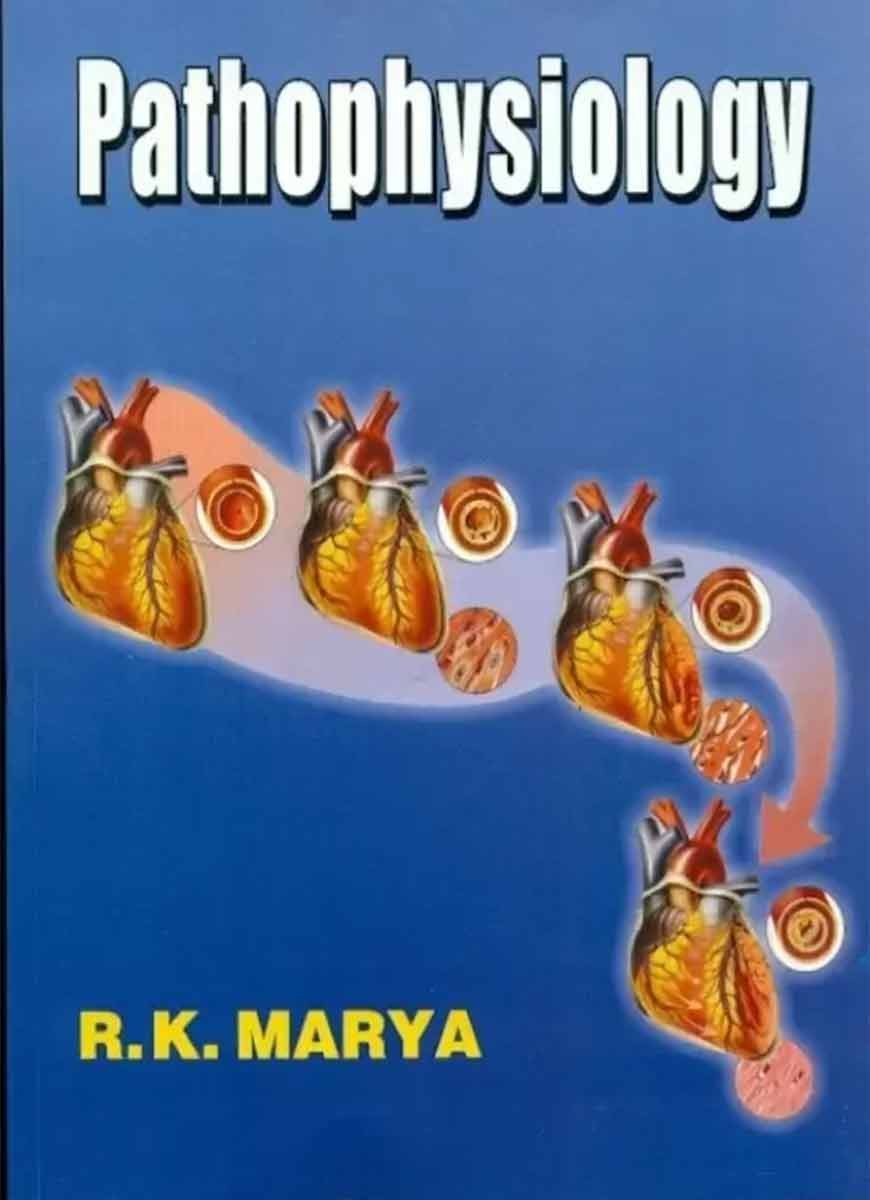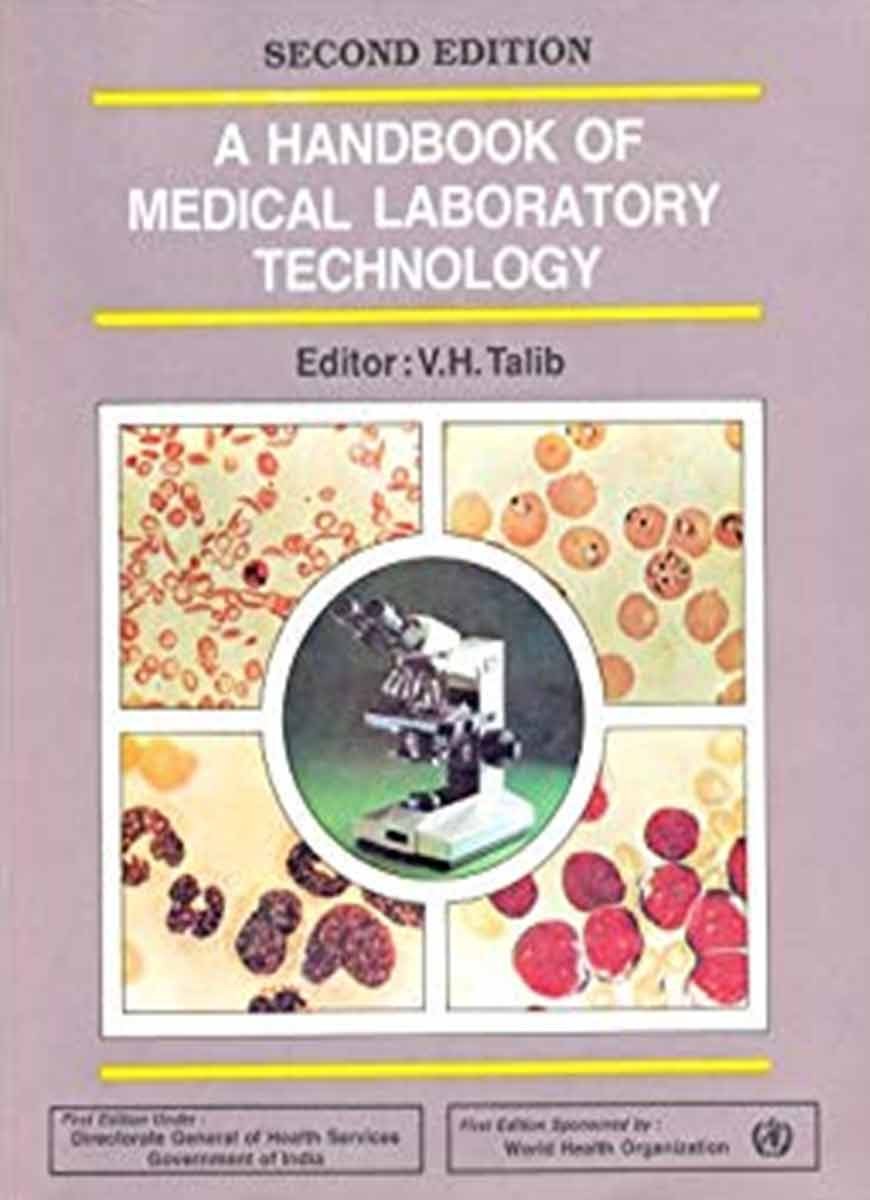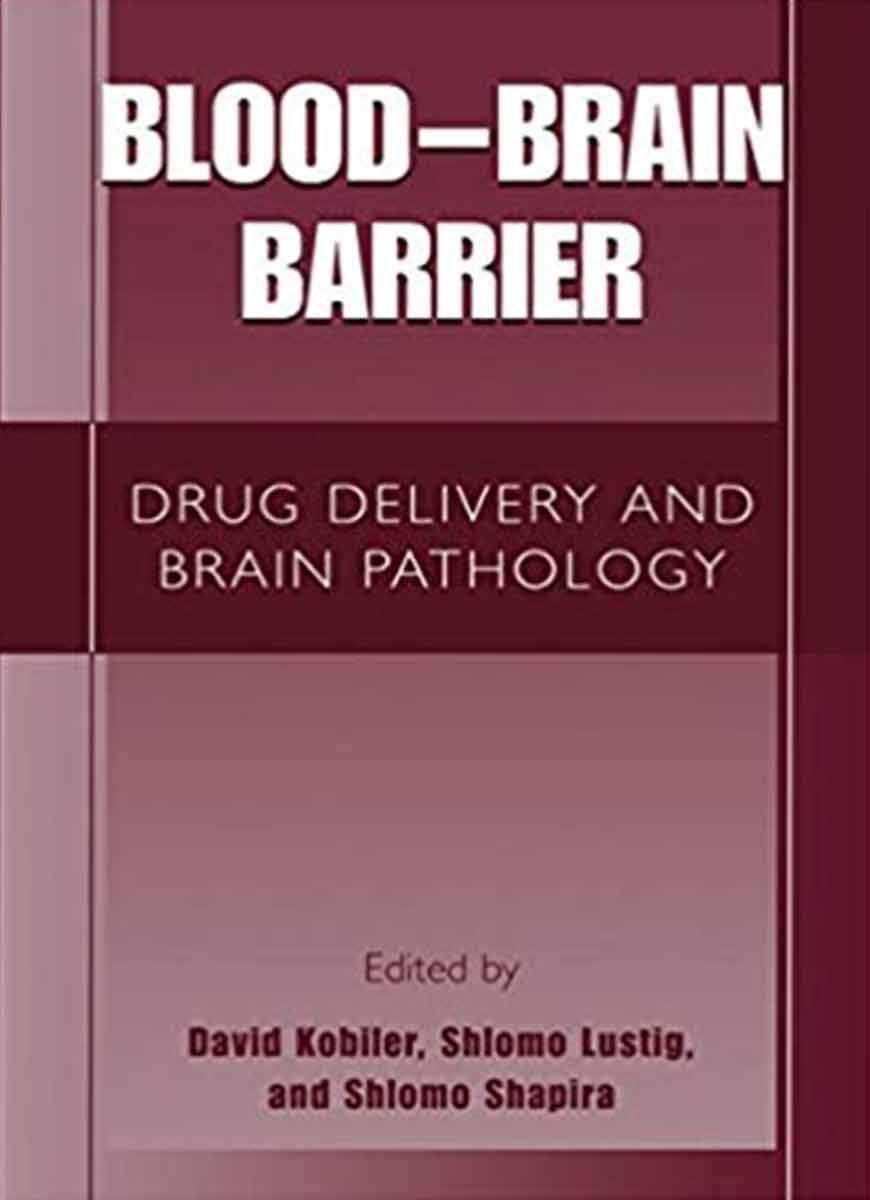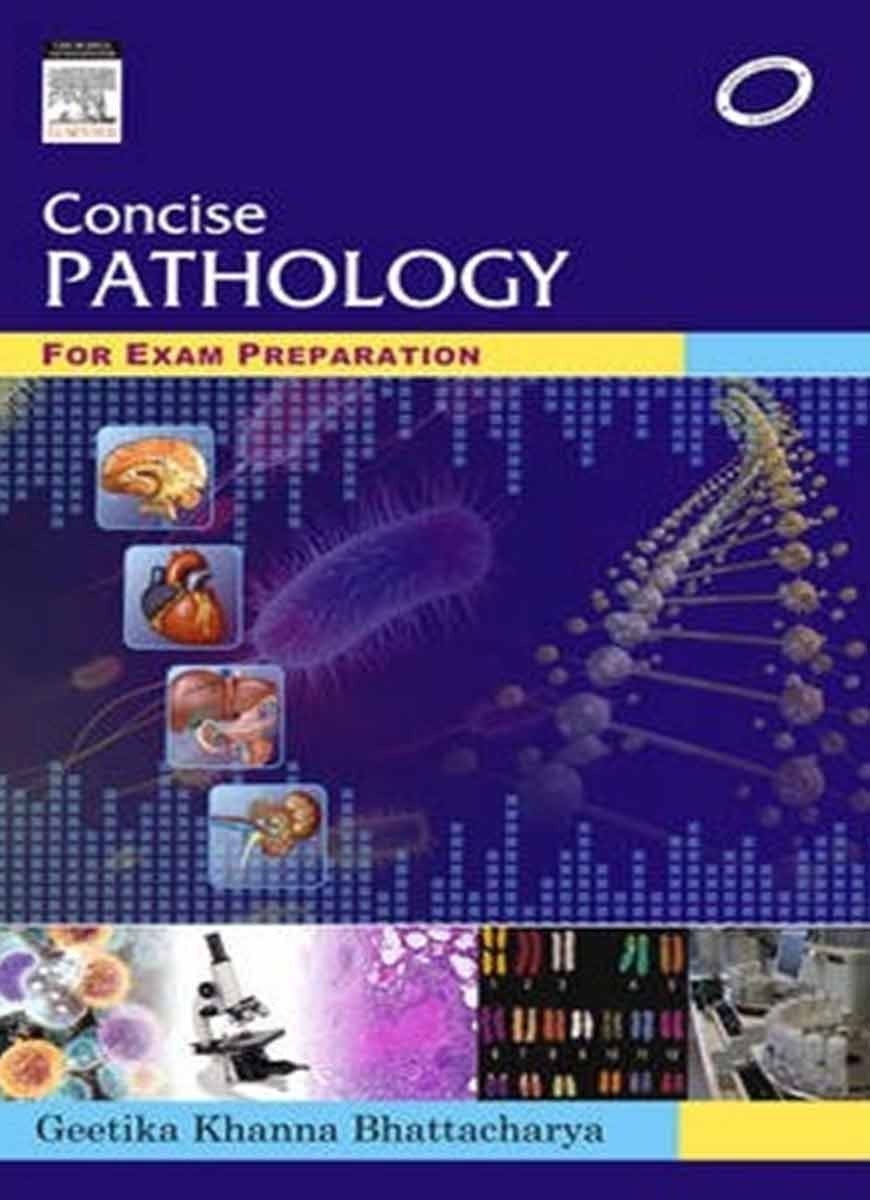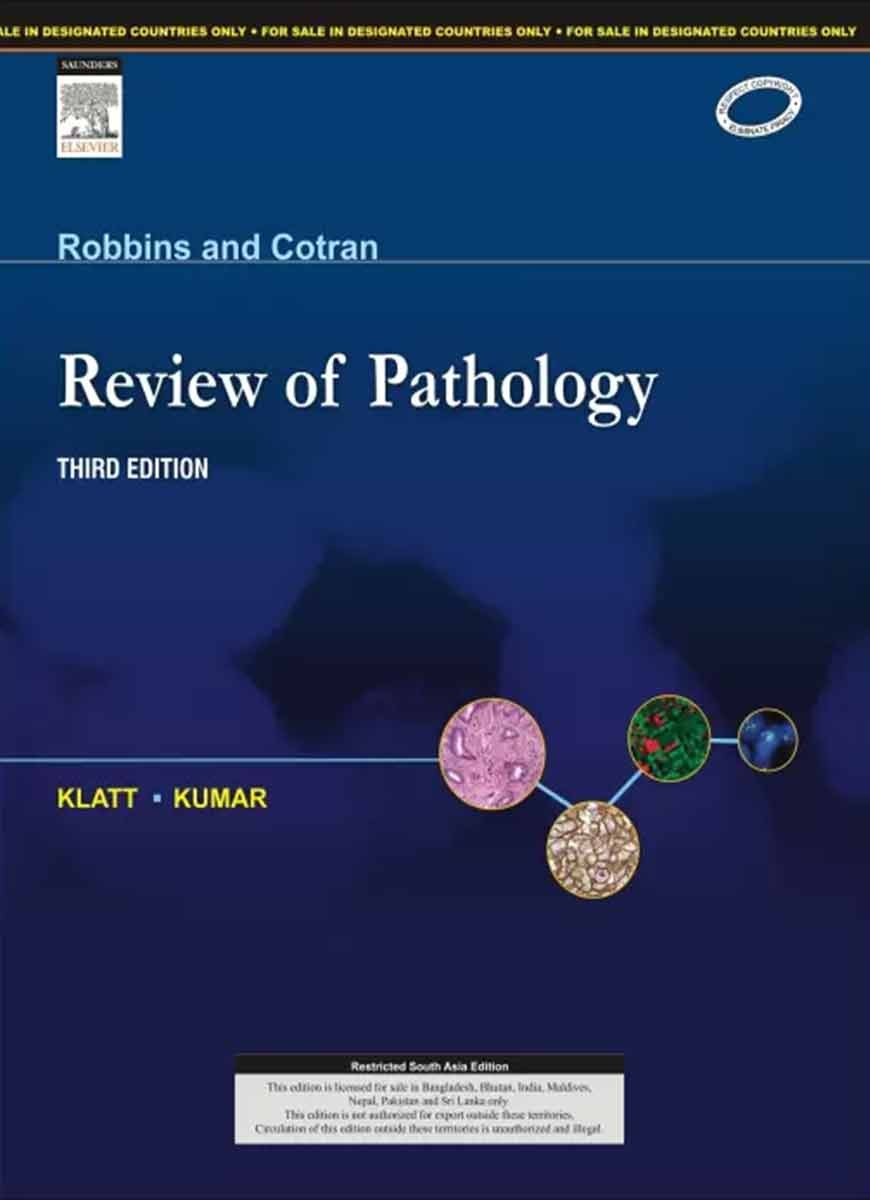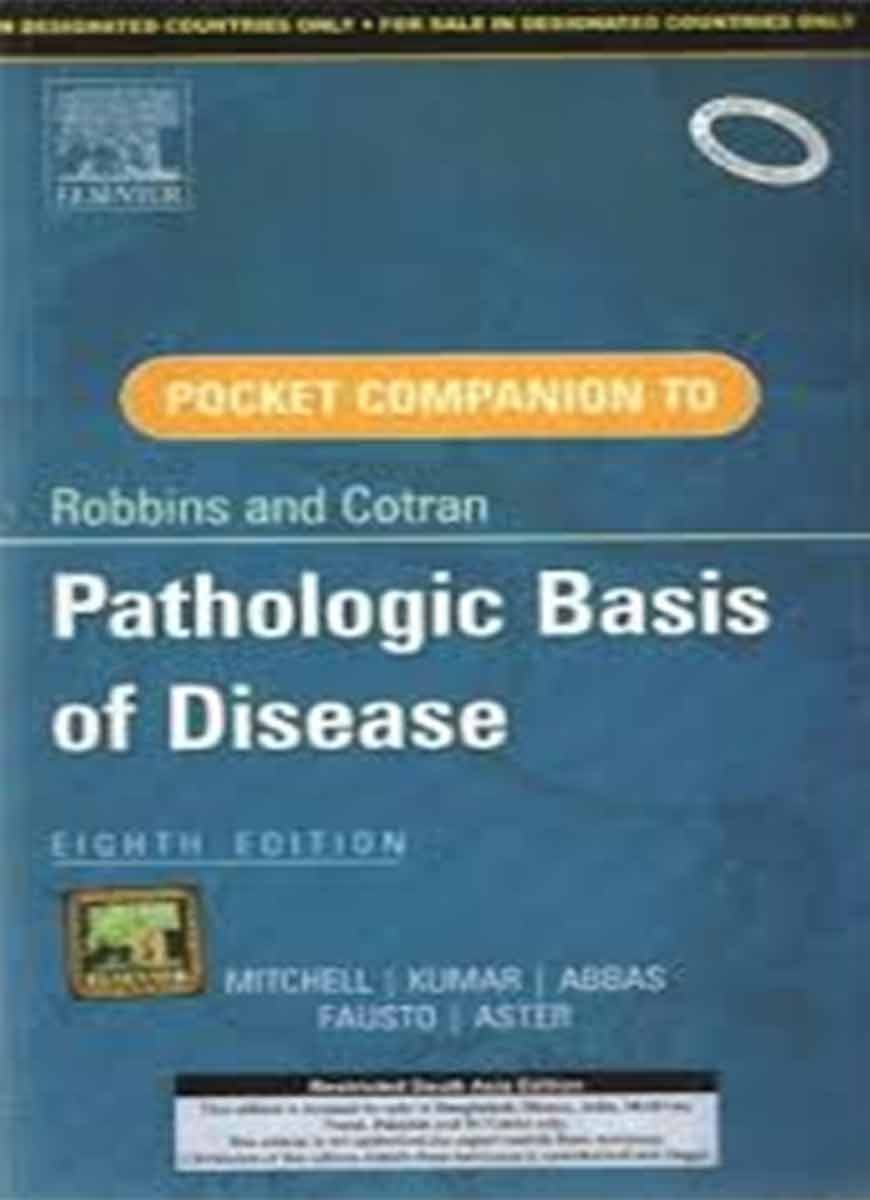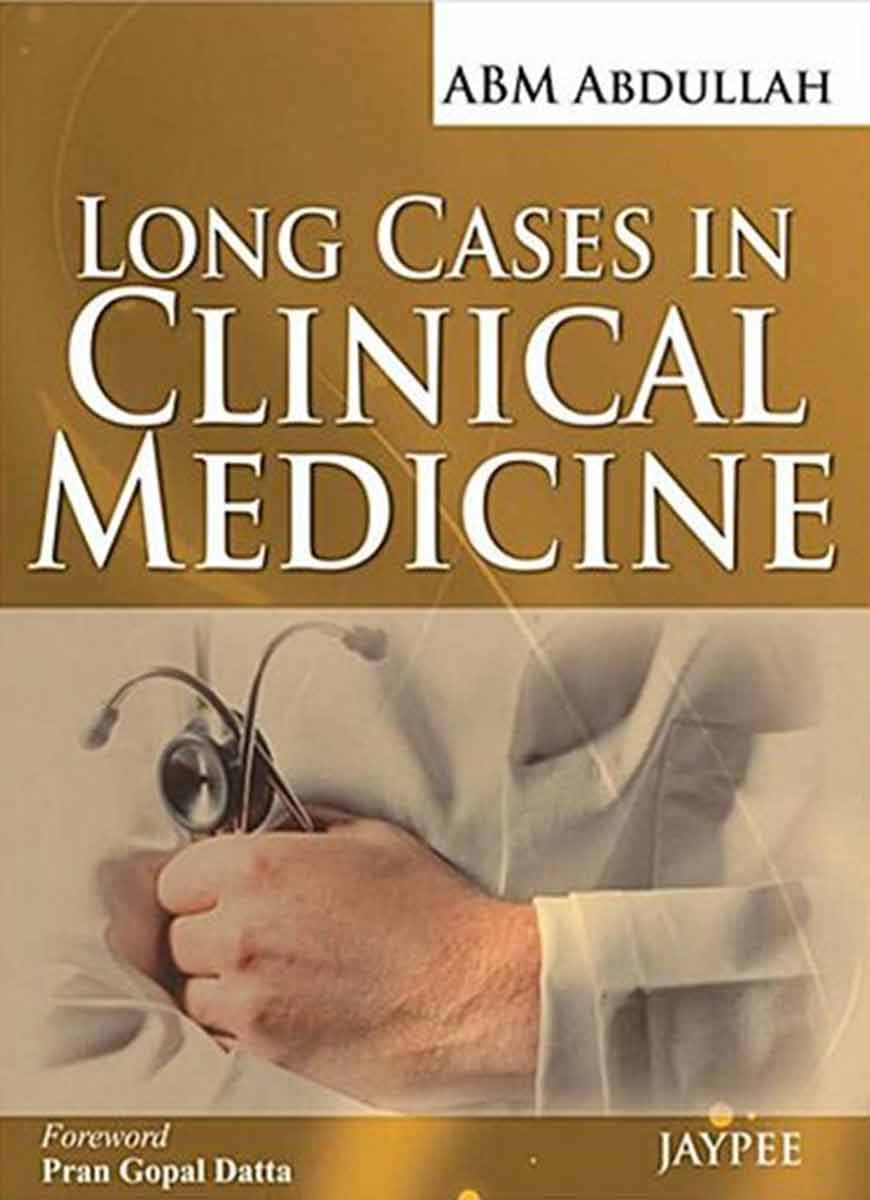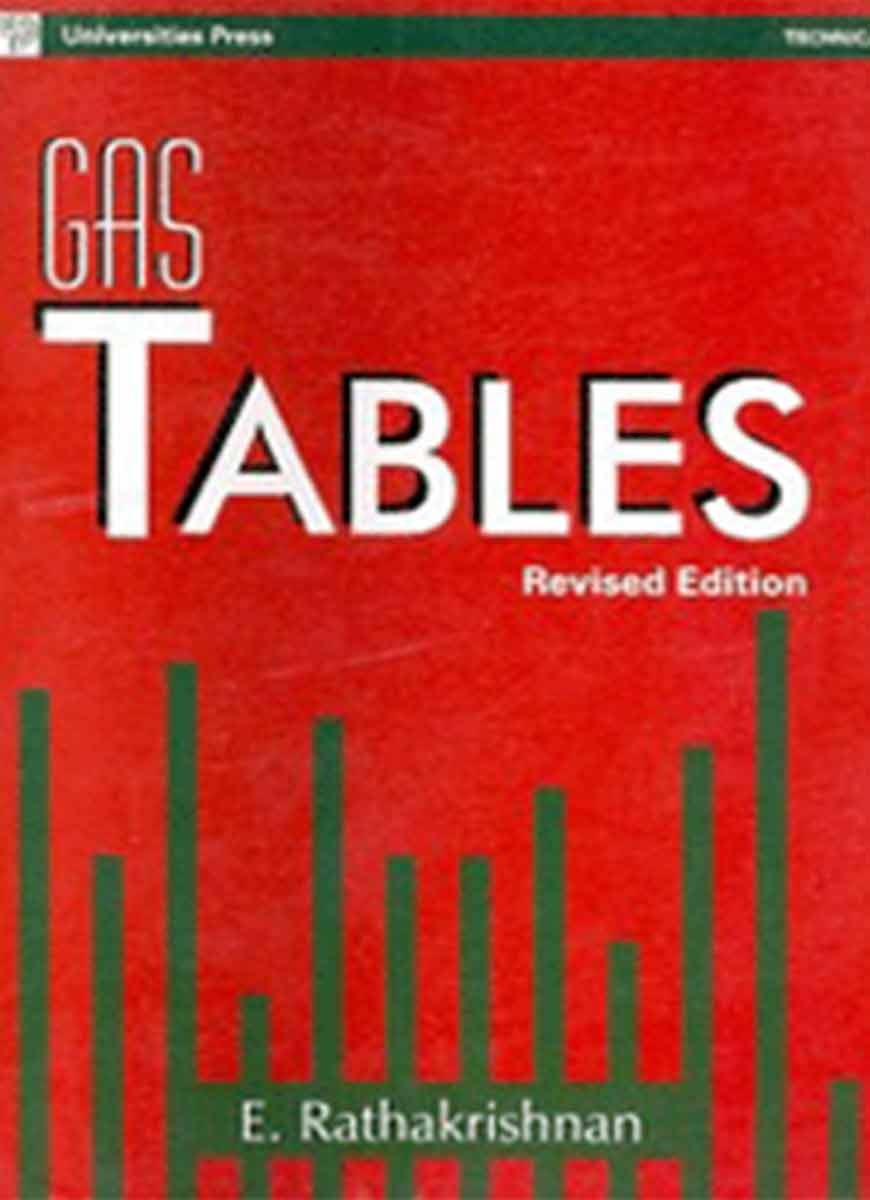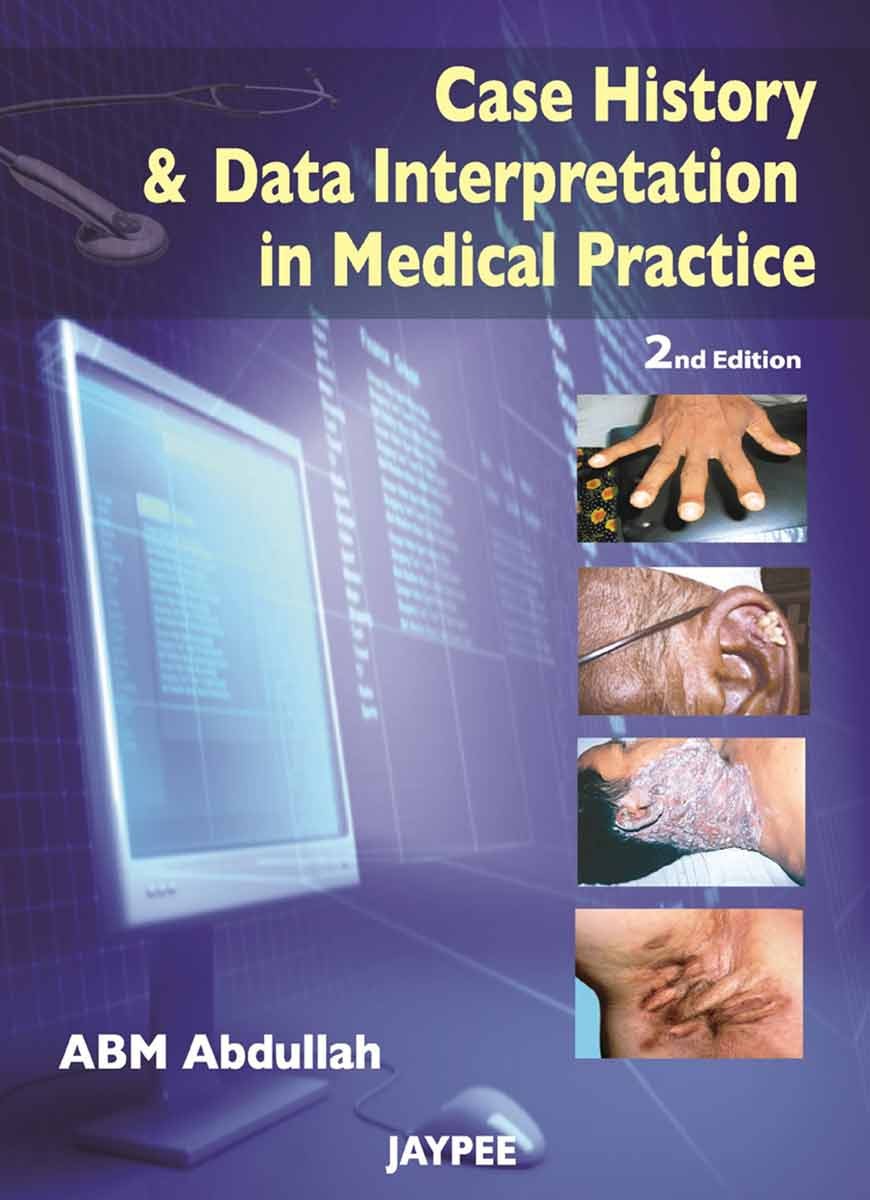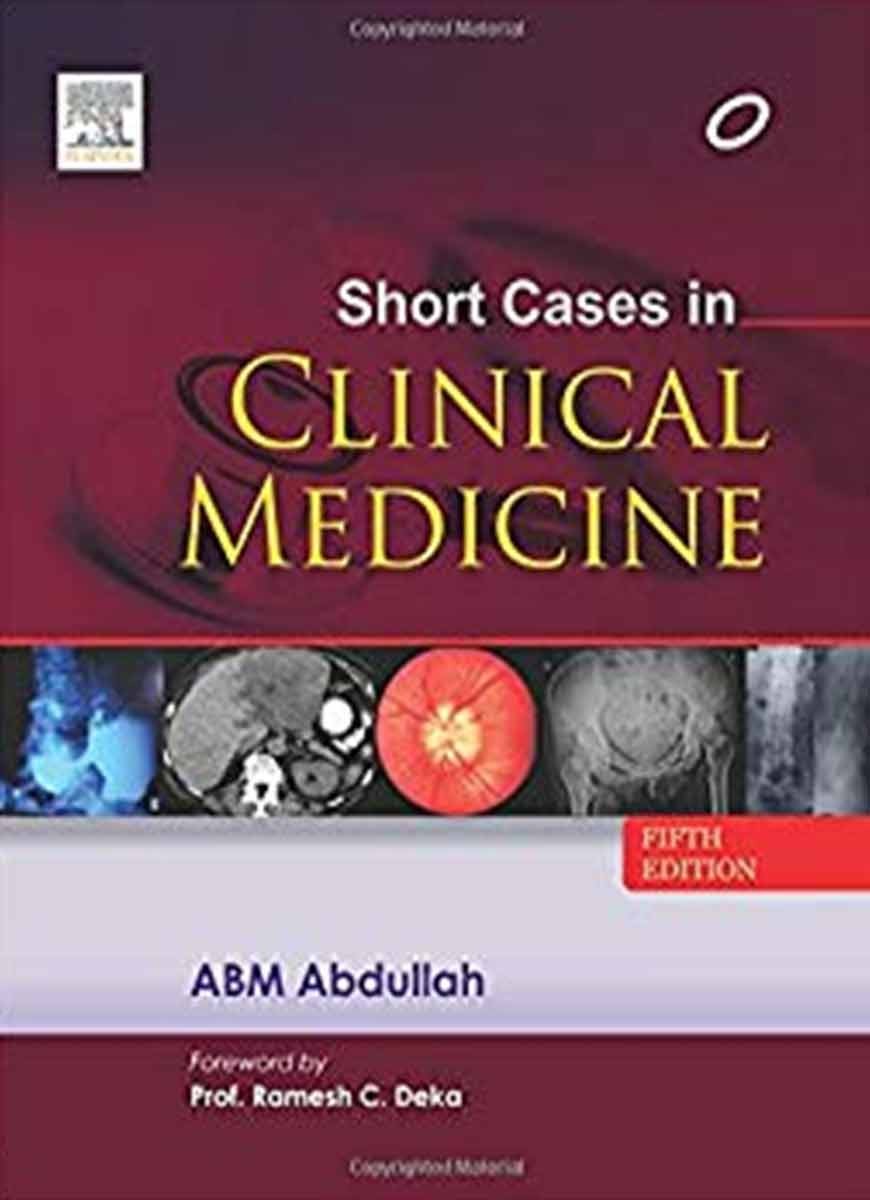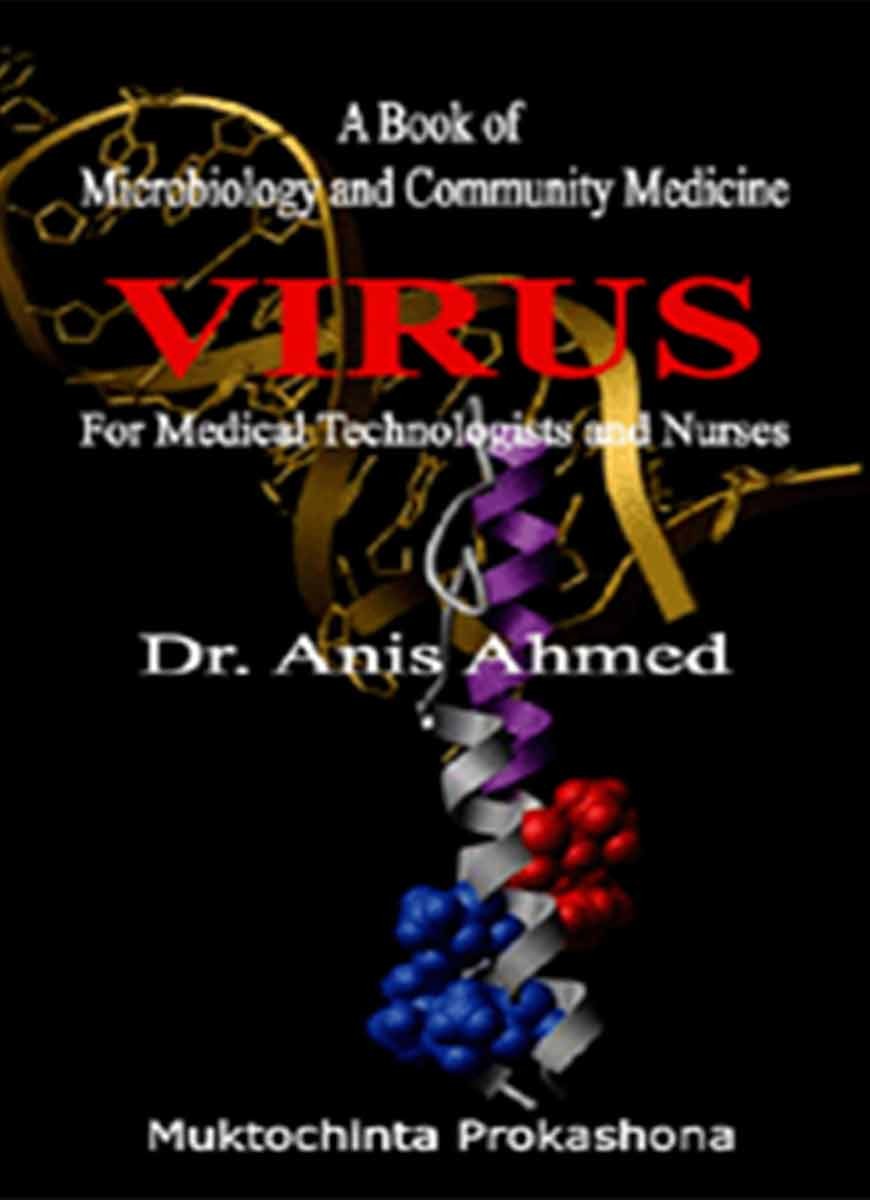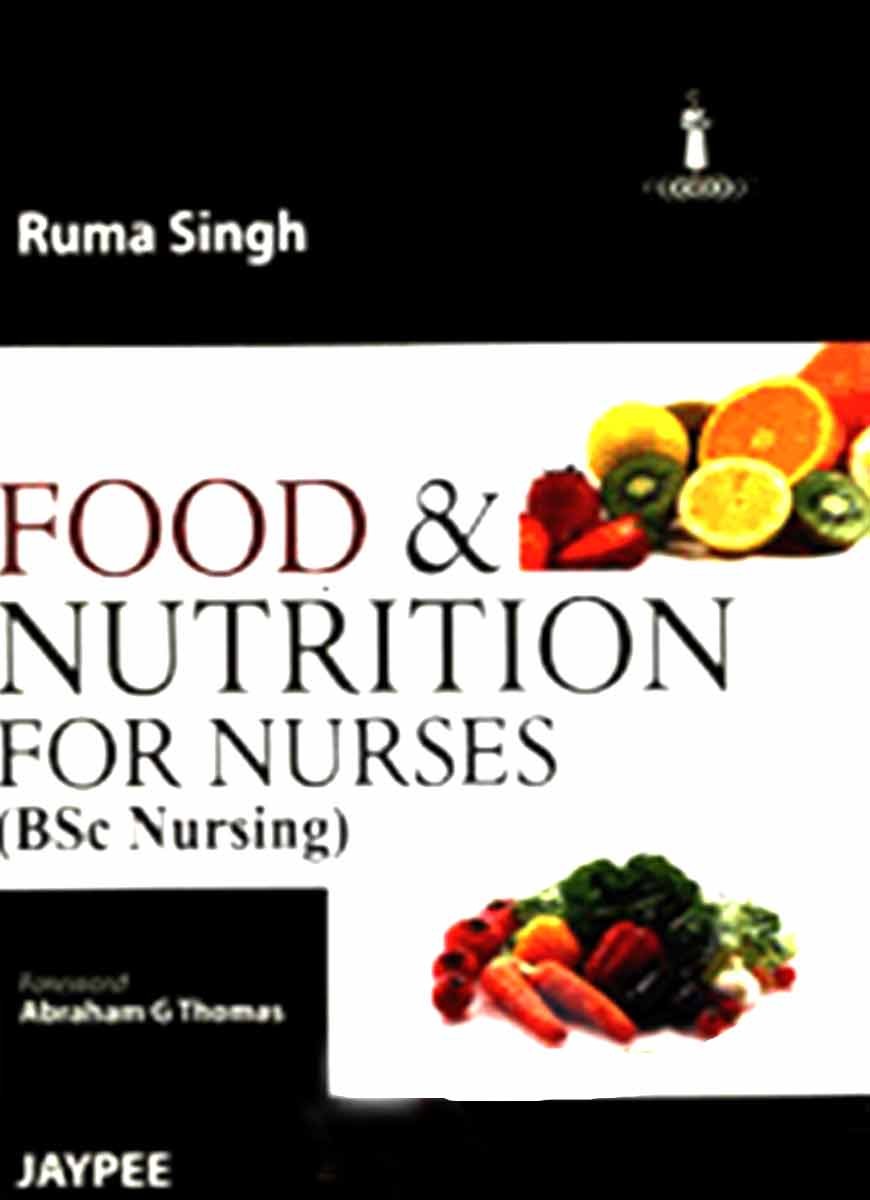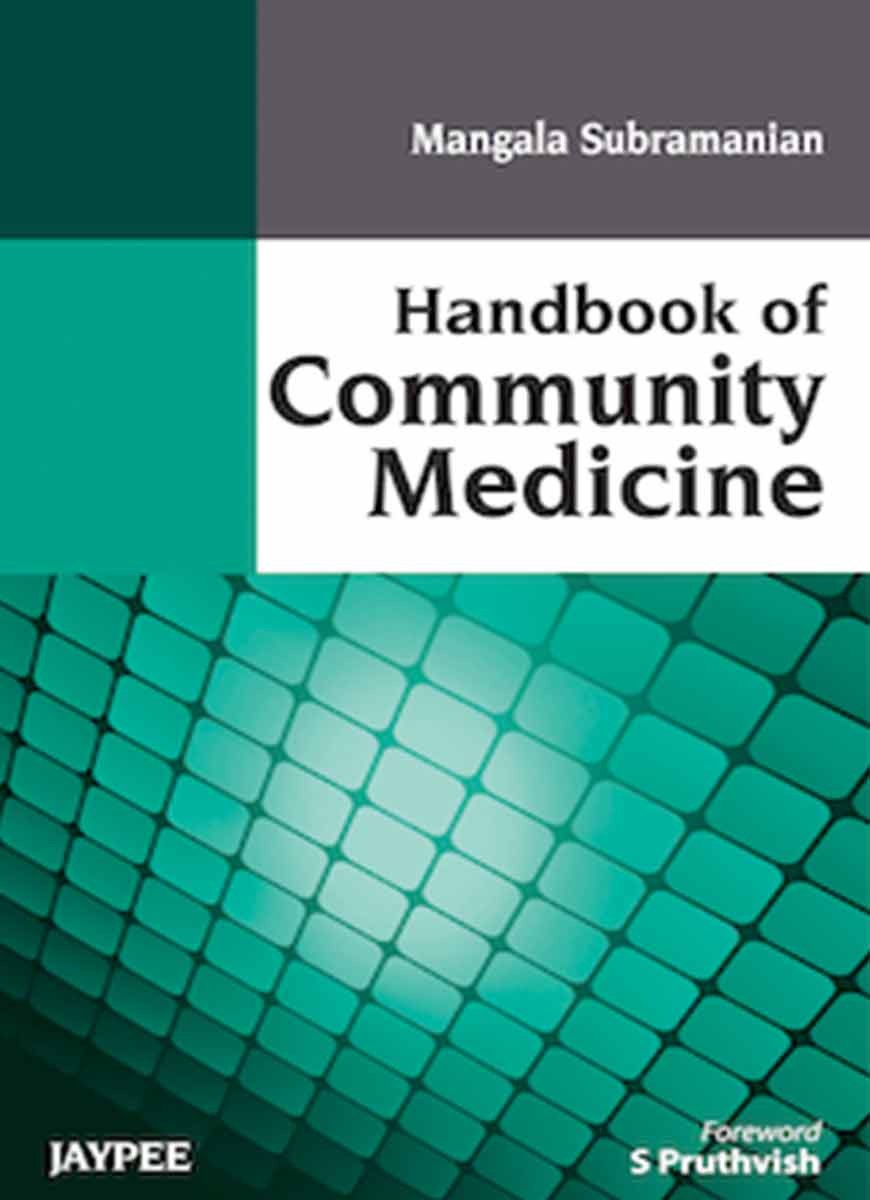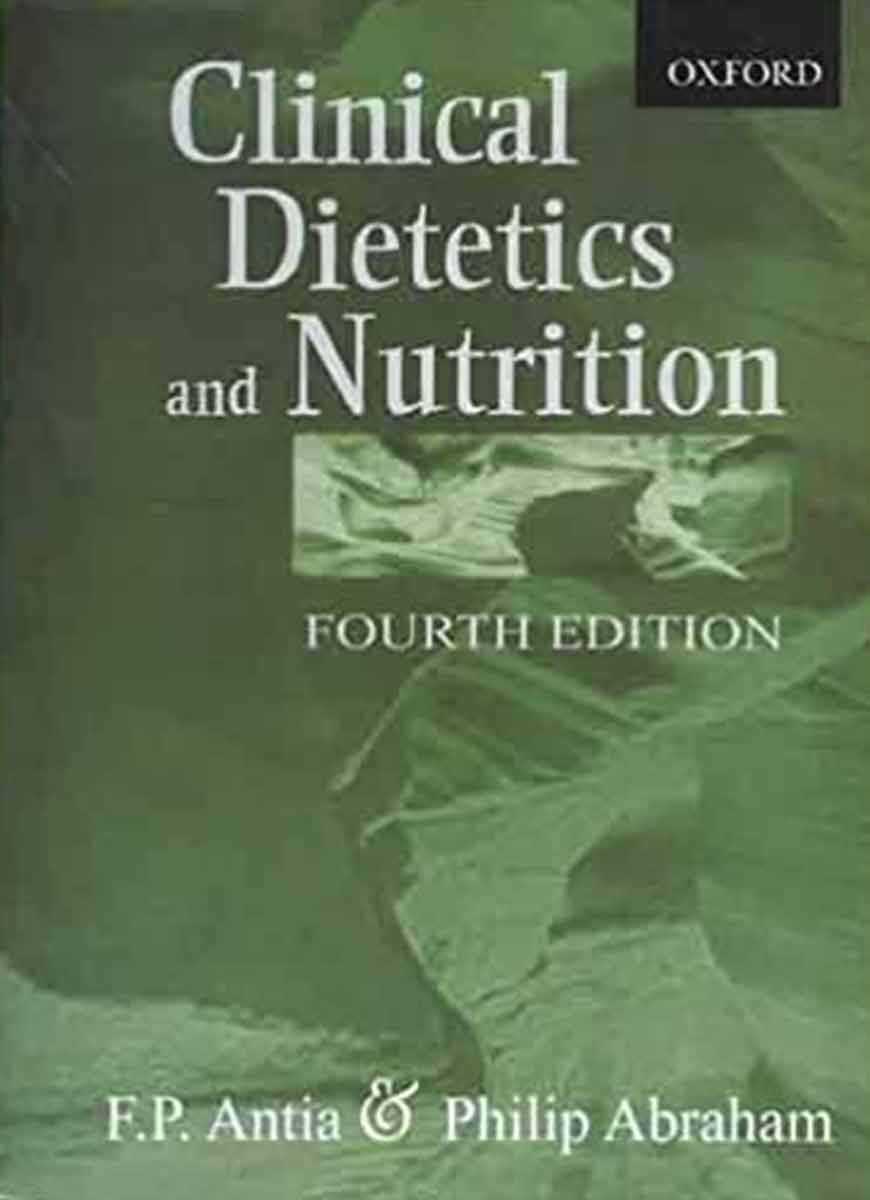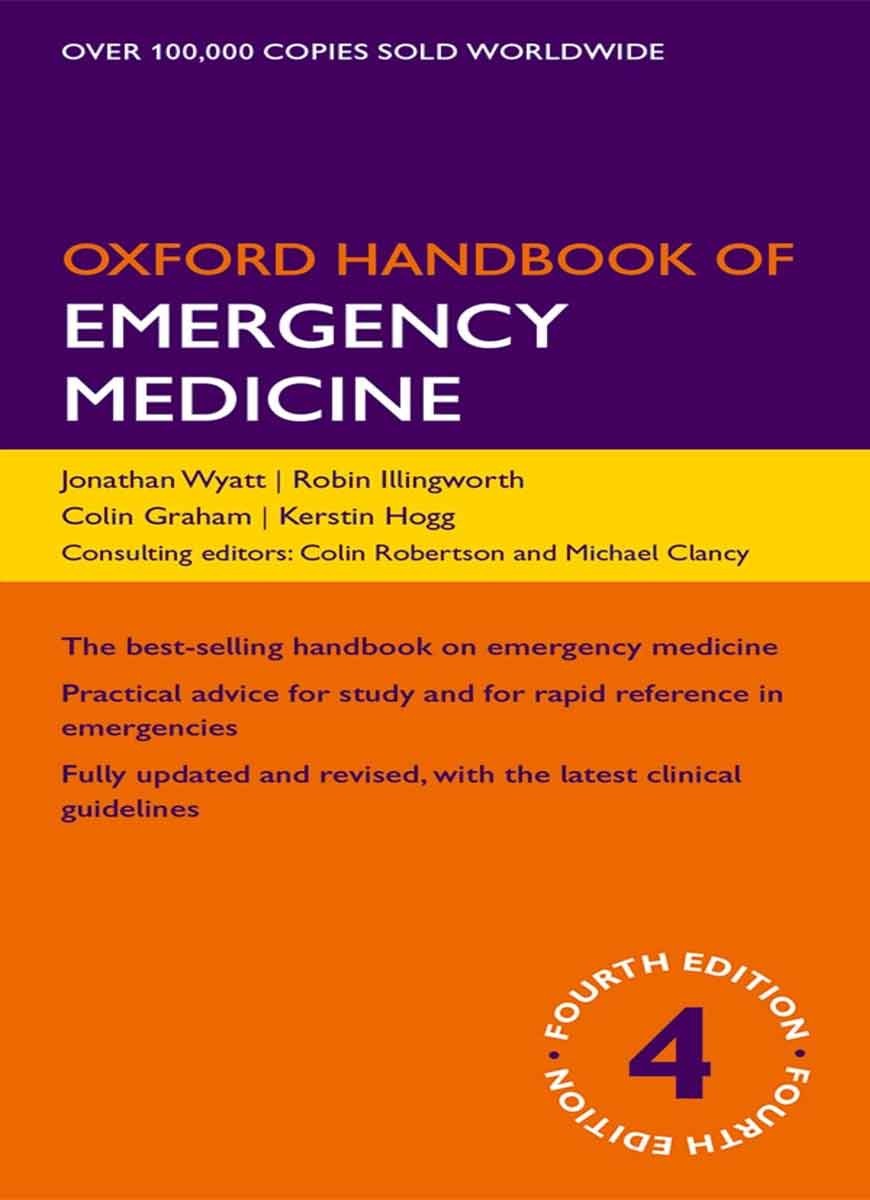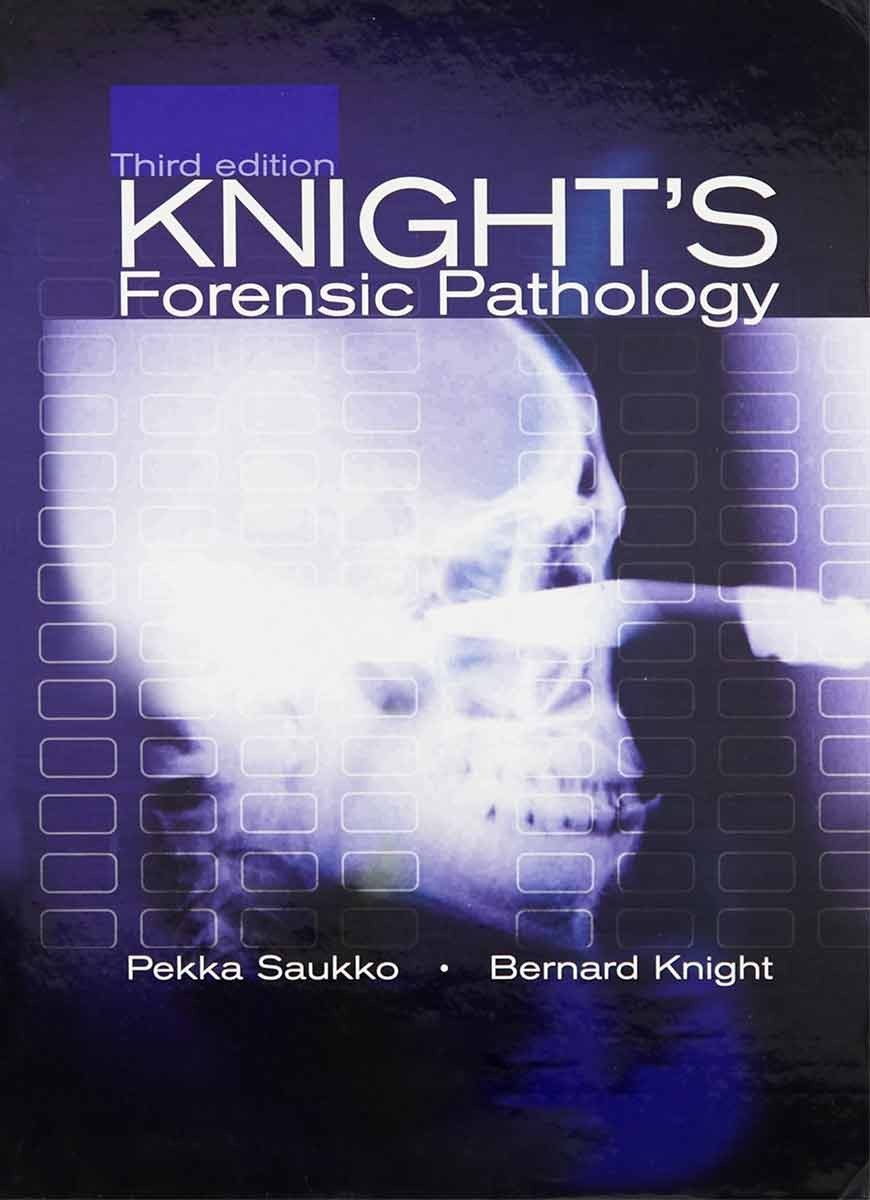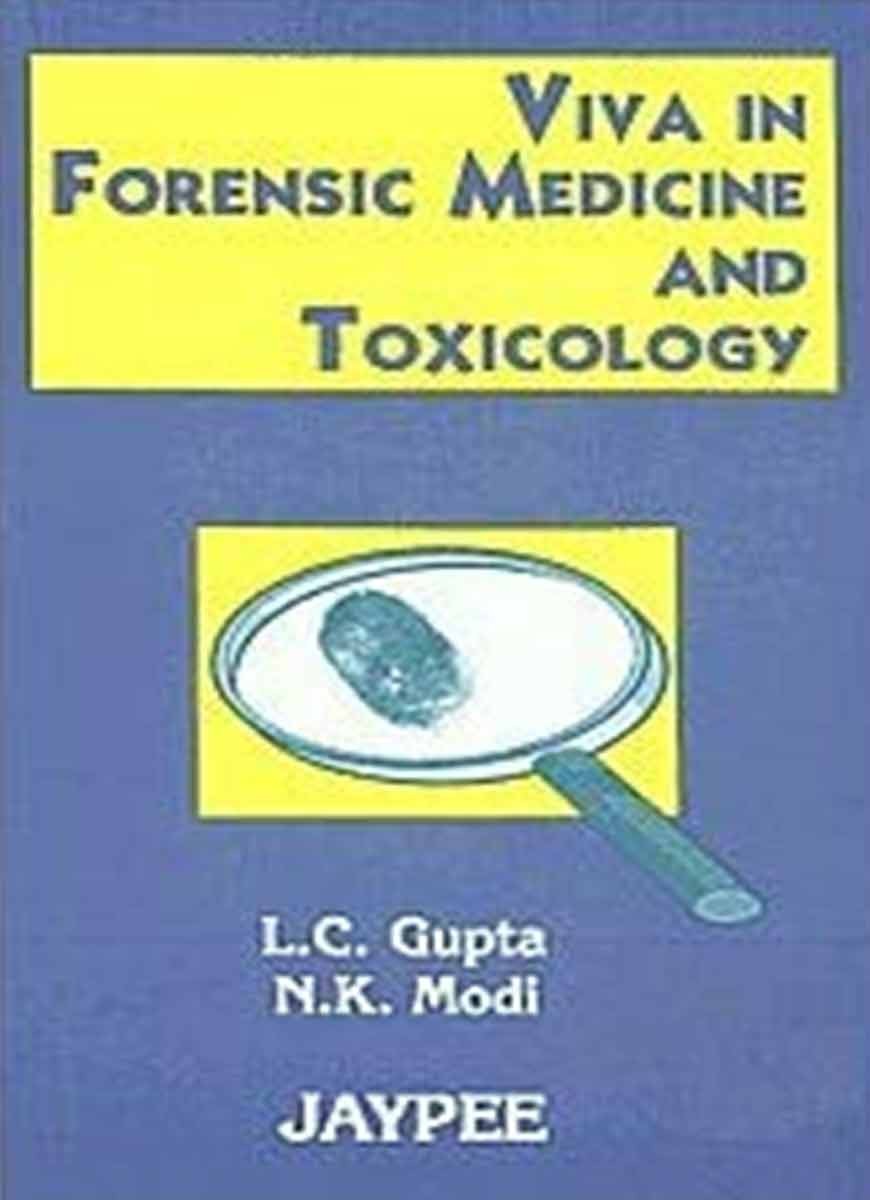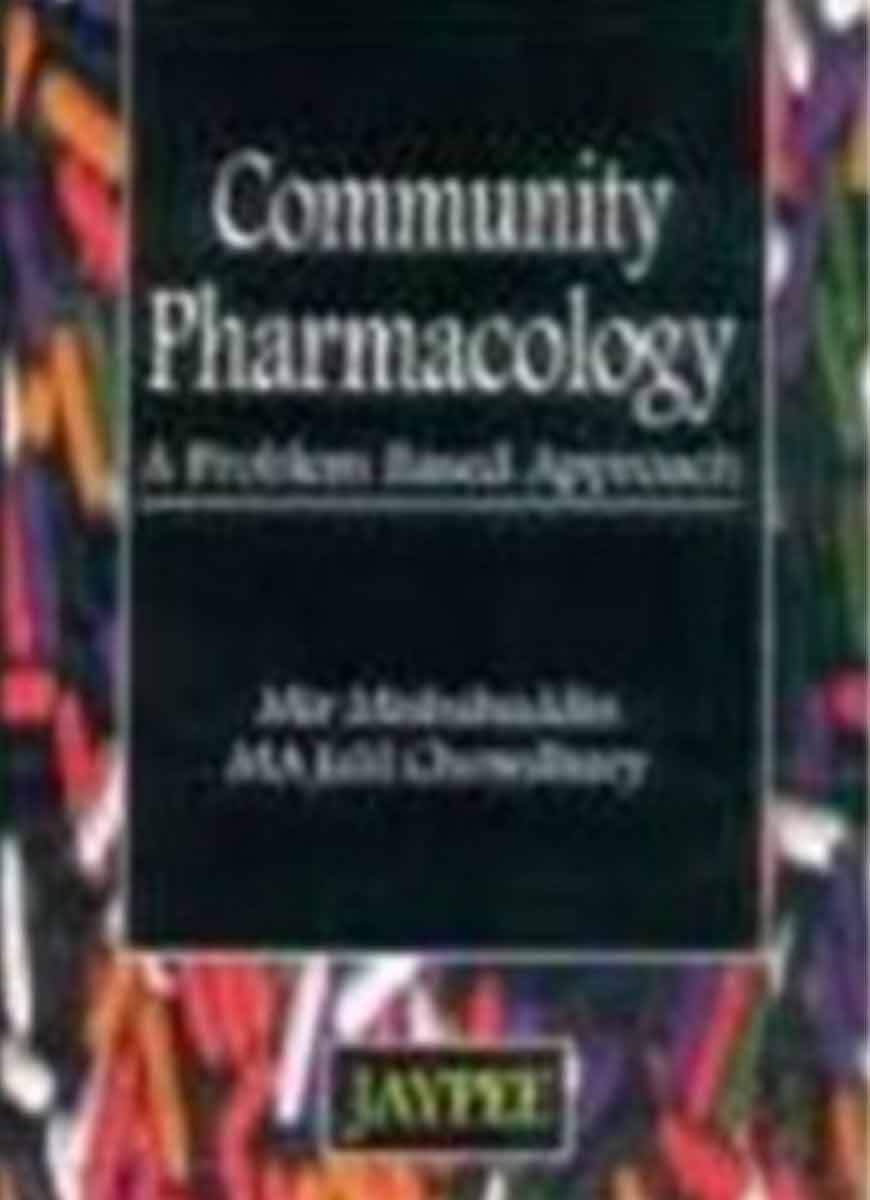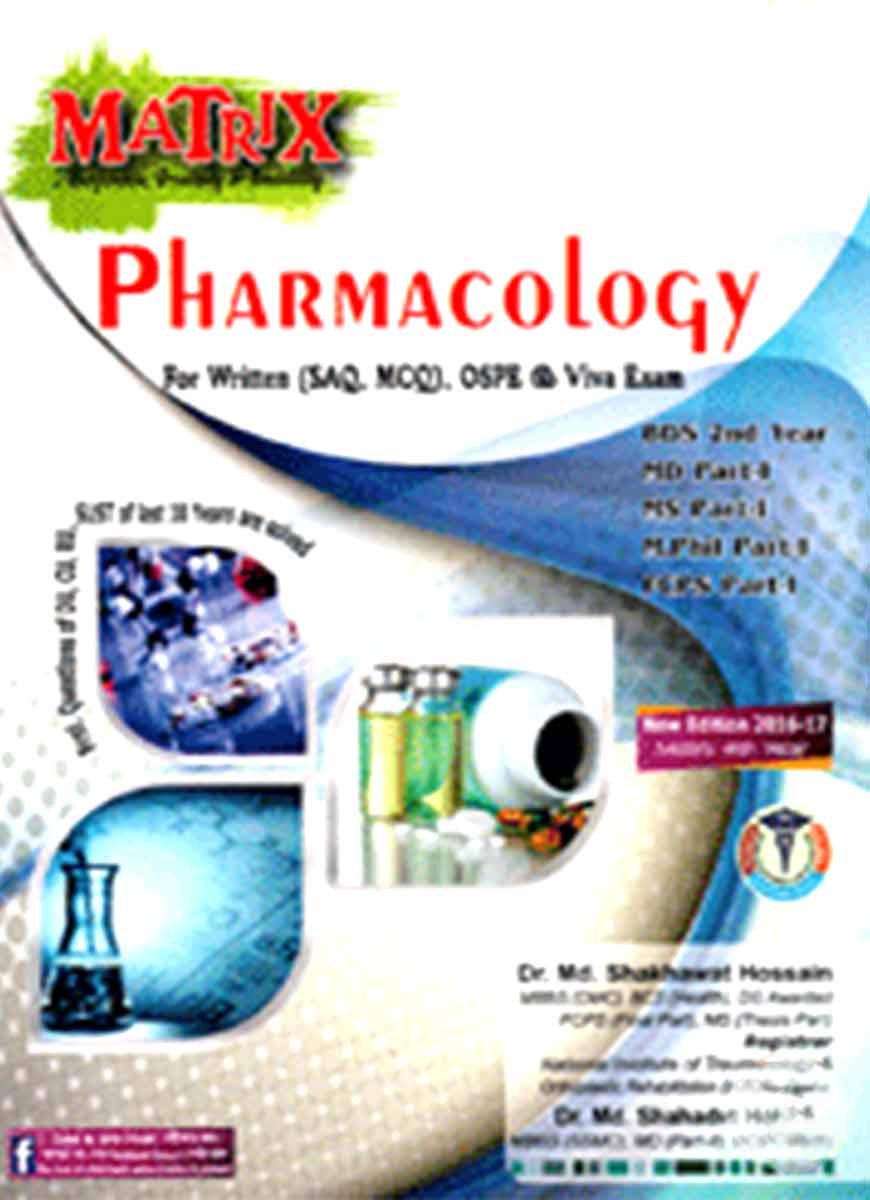Understanding haematology requires knowledge of physiology, insight into pathogenesis and essential pathological processes, laboratory tests (with their limitations and strengths), and clinical medicine. For diagnosis of a haematological disease, integration of clinical examination findings and haematological tests is necessary and final evaluation and judgement has to come from co-ordination between the pathologist and the clinician. Essentials of haematology is an effort to make understanding of haematology easier so that it will facilitate learning by students and help them solve haematological problems in their clinical practice.
The book is expected to be a useful aid to the study of medical disorders from a textbook of medicine both at undergraduate as well as post-graduate levels It is also meant to be used as a textbook of patho-physiology by B. Pharm. students.This book gives a brief account of modern concepts of physiology and patho-physiology. It will also be useful to senior medical and surgical specialists engaged in private practice. I hope this group of readers would also be benefited by perusal of this book.vised
The present edition of ML T Book is the second revision which had acquired an outstanding reputation. The book has been kept handy and comprehensive for the benefit of all students technical staff undergraduates postgraduates and practitioners. Few haematological and biochemical techniques have been revised and updated. Manual as well as automatic methods have been incorporated. Special techniques in the field of histocytochemistry have also been added. Introduction to chapters of Quality Control Automation is in accordance with revolutionary change in the trends and technologists related to modem medical laboratory diagnostics specially of newer technology PCR and flowcytometry. A chapter on AIDS with reference to precautionary measures for working technical staff has been incorporated. Special indexes has been incorporated for easy use by all group of technical staff and medical officials.
These proceedings review and discuss the different aspects of the biology of the Blood-Brain Barrier (BBB) and its involvement in the pathogenesis of brain disorders. The BBB, formed by a complex cellular system of endothelial cells, astroglia, pericytes, perivascular macrophages and a basal membrane, serves as a controlled functional gate to CNS. In vitro and in vivo models have been established to study the cellular and molecular interaction within the BBB and between the BBB and the neural cells. The structural and functional integrity of the BBB was shown to be dramatically altered during various diseases of the CNS, including neoplasia, ischemia, trauma, inflammation and bacterial and viral infections. Two approaches to drug delivery across the BBB have been pursued, based on either modulation of the permeability of the barrier or by conjugation of the drug to substrates of the active transport systems of the BBB.
The book presents an exhaustive and thorough exposition of the fundamentals of Pathology in question
This easy-to-use new edition of Robbins and Cotran Review of Pathology helps you effectively master the most important principles and facts in pathology. More than 1,100 questions reinforce the fundamentals of gross and microscopic pathology as well as the latest findings in molecular biology and genetics. Based on two of the best-selling, most authoritative pathology textbooks—Robbins and Cotran Pathologic Basis of Disease. 8th Edition and Robbins Basic Pathology, 8th Edition—Robbins and Cotran Review of Pathology is an ideal aid for coursework, self-assessment, and examinations, including the IJSMLE Step 1 examination.
This Pocket Companion to Robbins and Cotran Pathologic Basis of Disease, 8th Edition offers rapid, portable access to the most important pathology facts and concepts. Richard Mitchell, MD, PhD, Vinay Kumar, MBBS, MD, FRCPath, Nelson Fausto, MD, Abul K. Abbas, MBBS, and Jon Aster, MD assemble all of the key data and principles of pathology in a concise, at-a-glance format and fit them into your pocket for quick reference anytime. The result is a superb source for quick answers and an efficient review tool on any aspect of pathology.
This book has incorporated the techniques for a logical and accurate interpretation of the clinical information according to the modern examination system. The first edition of this book was published with the intention of helping students learn the basics of data interpretation and practice by themselves. Its huge popularity and wide acceptance among students have encouraged the author to upgrade the book and bring out this new edition enriched with new cases and pictures of a variety of clinical conditions. 100 new clinical cases have been added. The text contains variety in clinical setup and the amount of data provided in each setup. Includes data on cardiac catheterization and a whole new chapter on pictorial diagnosis which contains 100 clinical pictures. Various modifications have been made in the book according to various innovative suggestions made by teachers and students. Incorporates many long and short questions with proper investigations, largely based on the real cases. Answers are given with brief short notes of the specific problems so that the reader can get some idea without going through a big textbook. The book will help increase a doctors competence, and skill in diagnosing a particular disease, formulating specific investigations, and proper management.
"The present book is a very helpful learning manual for undergraduate and postgraduate students preparing for FCPS, MD, MRCP, FRACP or any other equivalent examinations in internal medicine, or even any subspecialties. It would also be useful to practicing doctors. The students can carry the book to the ward and with its help practice examination of patients in a systematic way, thus prepare themselves for their practical exams.
It is a layer of polysaccharide which lies outer part of cell wall of certain bacteria. Capsule is formed in adverse environment. It is antigenic and helps in antigenic typing of the organism. Capsulated bacteria form smooth colonies and non-capsulated bacteria form rough colonies.
Table of Contents
Section 1: Community Health
1. Concepts of Community Medicine, Health and Disease
2. Nutrition
3. Epidemiology
4. Health Study
5. Entomology
6. Health Information System and Health Statistics
Section 2: Community Medicine
7. National Family Welfare Programme
8. Demography
9. Maternal and Child Health and Geriatric Care
10. Communicable Diseases
11. Noncommunicable Disease
12. Voluntary Health Agencies
13. Health Planning and Management
14. Primary Health Care
Table of Contents
Section 1: Community Health
1. Concepts of Community Medicine, Health and Disease
2. Nutrition
3. Epidemiology
4. Health Study
5. Entomology
6. Health Information System and Health Statistics
Section 2: Community Medicine
7. National Family Welfare Programme
8. Demography
9. Maternal and Child Health and Geriatric Care
10. Communicable Diseases
11. Noncommunicable Disease
12. Voluntary Health Agencies
13. Health Planning and Management
14. Primary Health Care
Index
This book fulfills the need for a balanced report on current understanding of dietetics and nutrition. It sifts through mountains of literature and constructs a concrete structure from scattered information. Data that are still speculative are identified as such, facts are so stated and erroneous beliefs are exposed. All this is done in a language that dieticians, nutritionists, medical professionals and busy homemakers are all comfortable with. The latest edition has been fully updated (with up-to-date references provided) and is more crisp but accommodating. This latest edition has retained the earlier four part format, wherein the first deals with the elements of dietetics and nutrition, the second deals with the food items, the third with clinical dietetics and the fourth with nutritional values.
Following the latest clinical guidelines and evidence, written and reviewed by experts, this handbook will ensure you are up to date and have the confidence to deal with all emergency presentations, practices, and procedures. In line with the latest developments in the field, such as infection control, DNR orders, advanced directives and learning disability, the book also includes new sections specifically outlining patient advice and information, as well as new and revised vital information on paediatrics and psychiatry. For all junior doctors, specialist nurses, paramedics, clinical students, GPs and other allied health professionals, this rapid-reference handbook will become a vital companion for both study and practice.
The book 'Community Pharmacology' a problem based approach is certainly a significant step along the path towards more appropriate use of medicines. The approach is built around the appropriate treatment of illustrative cases rather than a more traditional encyclopedia method of presenting pharmacological information.

